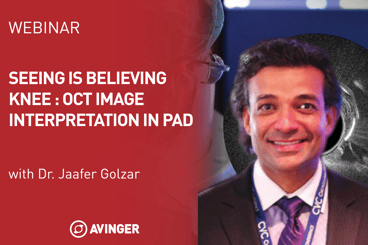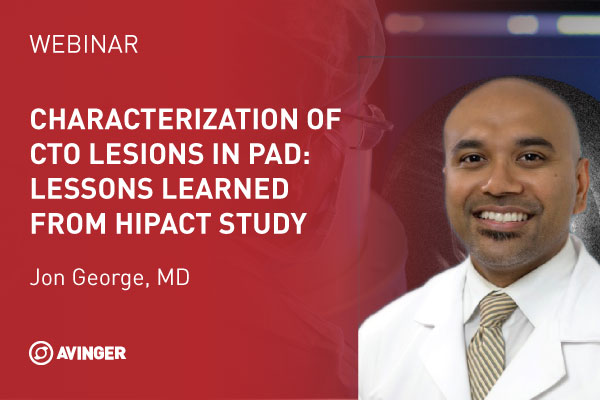WEBINAR PROGRAM
At Avinger, we are committed to offering learning opportunities that meet your educational needs. We welcome renowned guest speakers who share insights and best practices across a variety of Peripheral Artery Disease related topics to broaden your clinical expertise and enhance your technical knowledge and skills.





